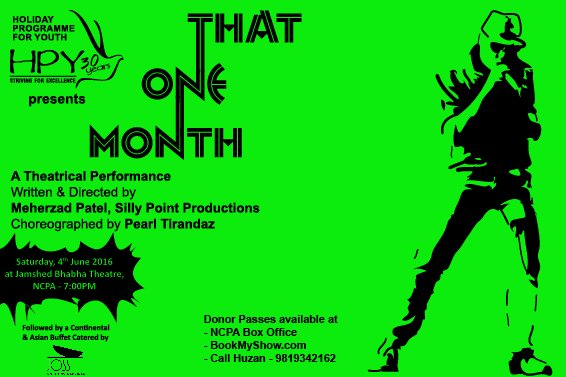Irreplaceable Parsi community of Jamshedpur
The relationship of the Parsi community with the steel city can be dated back to the days when the city was just in its cradle. Tata Steel plant was set up in 1907 and the first group of Parsis arrived in the city around 1908.
With the setting up of the steel plant in Jamshedpur, a large number of Parsis moved to the city and till today have remained an integral part of it.
The first group of Parsis to arrive in the city was Ratansha Rustom Modi, Ratan Barucha and Jamshed Dastur. The trio was working at Hotel Taj in Mumbai, when Sir Dorabji Tata, first chairman of Tata Steel himself appointed them to serve at Tata Steel (then Tisco).
When Ratansha Rustom Modi, Ratan Barucha and Jamshed Dastur arrived they used to stay at tent houses built at Sakchi. The area where today Jamshedpur Eye Hospital is located used to be place where tents were built for residence of the workers.
“The first group of Parsis that arrived in the city used to stay in tents. When my grandfather arrived Ratansha Rustom Modi arrived the area around Sakchi was basically jungles. People used to travel in groups only. But as the company progressed the city also started developing and the community played key role in the progress. The Parsis share a rich long legacy with the Steel City,” recalled Dicky Mody.
Mody, who retired from Tata Steel as head, management development said that his grandfather was first Indian head of the stores department at Tata Steel. He is the third generation to serve in the company. During the 1930s the G-Town Area in Bistupur was a hub of the Parsi community. Senior members of the community in the city recall the days when Parsis dominated a major part of the Tisco quarters from N-road to Q- road in Bistupur. Those were the days when there were over 3,000 Parsees in the city, but today the number has come down to a mere 200 to 250.
Eighty-one year-old KC Wadia said that the members of Parsi community feel proud of their rich legacy. He said that the Parsis from Surat, Navsari, Billimora and Mumbai came and settled here. They have preserved their culture and tradition and Fire Temple is the best example.
“The past two decades have brought about a major change in the demographic pattern of the community in the city. Children started moving out for higher education, and post marriages started settling in metros. However, though few families are left here but still we are proud of our culture and heritage,” he said.
Today, most of the younger lot, born and brought up in Jamshedpur, either live abroad or have moved to Mumbai. The city has a number of Parsi ladies who are serving as leading educationists in the city.
A random survey in the city reveals that most of the Parsis are either retired or in the teaching profession. And those who have stayed back are either working with the Tata group or are here due to business interests in the city.
The community has been central to Jamshedpur’s history and development for over a century. In fact, the Parsi community has been shaping the course of the city.
““In our city (Jamshedpur) the members of the community are left in few numbers since many members have settled in metros or abroad. There was a time when the community was in large number but the times have changed and younger generation is keen for greener pastures.
Though we are less in number but we still follow Zorastrian way of life that believes in “good thoughts, good words, and good deeds,” noted another member of the community who wished not to be quoted.





